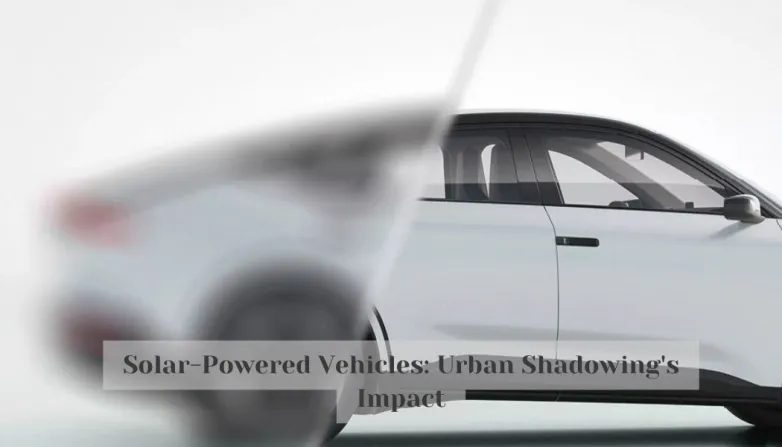Solar-Powered Vehicles: Urban Shadowing's Impact
- Explore the potential of solar-powered vehicles worldwide: researchers find the median extended driving range is 18 km/day/kWp, with Africa, the Middle East and Southeast Asia the most favorable geographies. Installed capacity, local solar irradiation and urban shadowing all affect potential.

A group of researchers has explored the potential of solar-powered vehicles across 100 cities worldwide, finding that the median solar extended driving range is 18 km/day/kWp and 8 km/day/kWp for driving and parked vehicles, respectively. Installed capacity, local solar irradiation, and urban shadowing all have an effect on the potential of solar-powered vehicles. Higher installed capacity leads to a higher extended driving range, however the effect on the charging frequency would not increase proportionally. The most favorable geographies for VIPV include Africa, the Middle East and Southeast Asia. Shadowing does reduce the driving range, but the researchers suggest that vehicles such as service vehicles, bus transport and other public transport modes are the most likely to benefit from solar-powered mobility in the short-term. These findings provide evidence that solar-powered vehicles have the potential to make a significant impact on reducing the charging frequency and lowering operational costs.
What Effects Does Installed Capacity Have on Solar-Powered Vehicles?
- Installed capacity can affect the reliability of solar-powered vehicles, as vehicles with higher installed capacity will have a higher extended driving range.
- Local solar irradiation is an important factor to consider when deploying solar-powered vehicles, as different climates and regions will have varying levels of sunlight available for charging.
- Urban shadowing has deep impacts on the amount of time solar-powered vehicles can run, reducing the extended driving range by as much as 18 km/day/kWp.
- The most favorable geographies for VIPV are in Africa, the Middle East and Southeast Asia, where there is more sunlight for charging.
- Service vehicles, bus transport and other public transport modes are the most likely to benefit from solar-powered mobility in the short-term.
Also read


